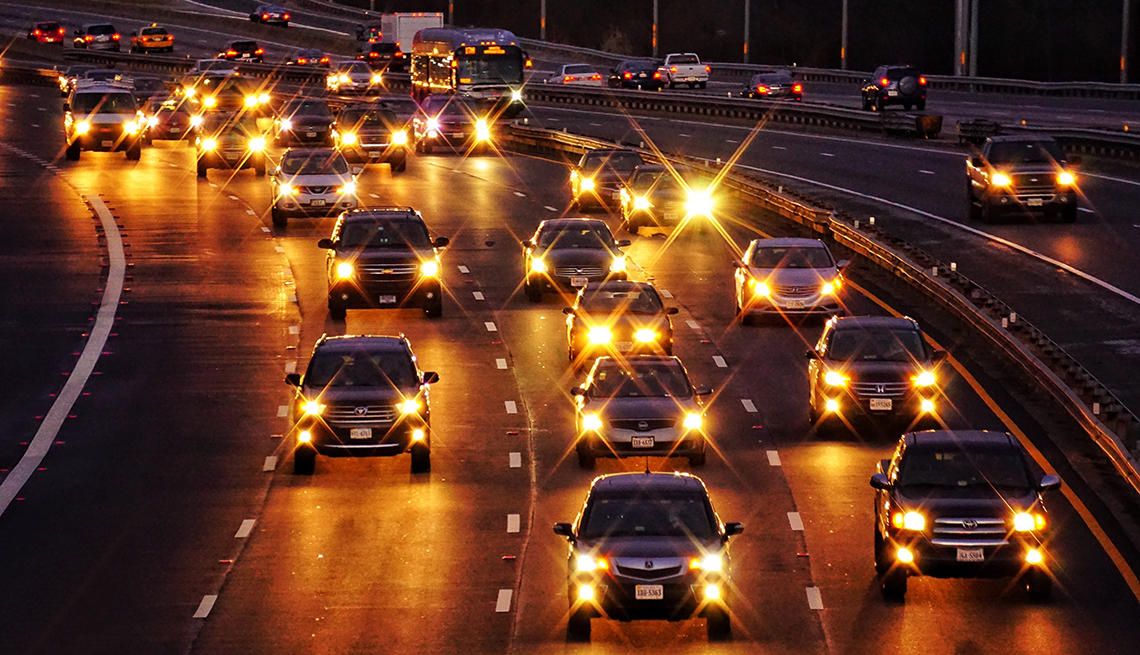Staying Fit
Most drivers don’t think about their headlights. They get in the car, turn them on and hit the road.
Yet headlights are an essential safety feature, says David Aylor, vice president of active safety testing at the Insurance Institute for Highway Safety in Ruckersville, Virginia. In fact, about half of U.S. traffic deaths occur when it’s dark outside or at dusk and dawn.


AARP Membership— $12 for your first year when you sign up for Automatic Renewal
Get instant access to members-only products and hundreds of discounts, a free second membership, and a subscription to AARP the Magazine.
“It’s about three times riskier to drive at night, so headlights are extremely important in letting drivers see adequately down the road and see dangerous situations,” Aylor says. “If your headlights don’t provide enough visibility, you may not have enough recognition and braking time to respond to an emergency event.”
Night vision deteriorates as people age, and a 50-year-old old driver might need twice as much light to see as well as a 30-year-old, according to the National Safety Council. Depth perception, peripheral vision and color recognition can also be compromised when it’s dark out — all of which makes it critical that you ensure that your car’s headlights are operating as they should.
Are your headlights up to snuff?
A 2021 Insurance Institute for Highway Safety (IIHS) study revealed that better headlights can help prevent nighttime car accidents, yet many cars on the road don’t provide adequate on-road illumination — and most motorists don’t even notice. Federal headlight standards haven’t changed since the late 1970s, when American cars featured standard-size glass headlamps that were either round or square, Aylor says.
Customized headlights with replaceable bulbs began appearing in the mid-1980s, and reflective technology has changed since then, with the arrival of halogen and LED lights. Today headlight intensity and aim vary widely because manufacturers use different bulb types and aiming systems.
When IIHS began testing headlights in 2015, the results were shocking: After evaluating more than 80 headlight systems on 31 midsize cars, IIHS gave only one a rating of good, Aylor says.
“We give ratings of good, acceptable, marginal and poor, and the first several years, over 50 percent of the vehicle headlights had a poor rating,” he says.
While testing a vehicle’s crashworthiness, IIHS also evaluates the car’s headlight performance on straightaways and curves. It measures how far down the road headlights illuminate and whether they produce glare for oncoming vehicles.
“Older drivers’ eyes don’t adjust as quickly from low light to high light, so glare can be a bigger issue for them, and we want to make sure that the headlights are providing good visibility without producing glare,” Aylor says.






































































